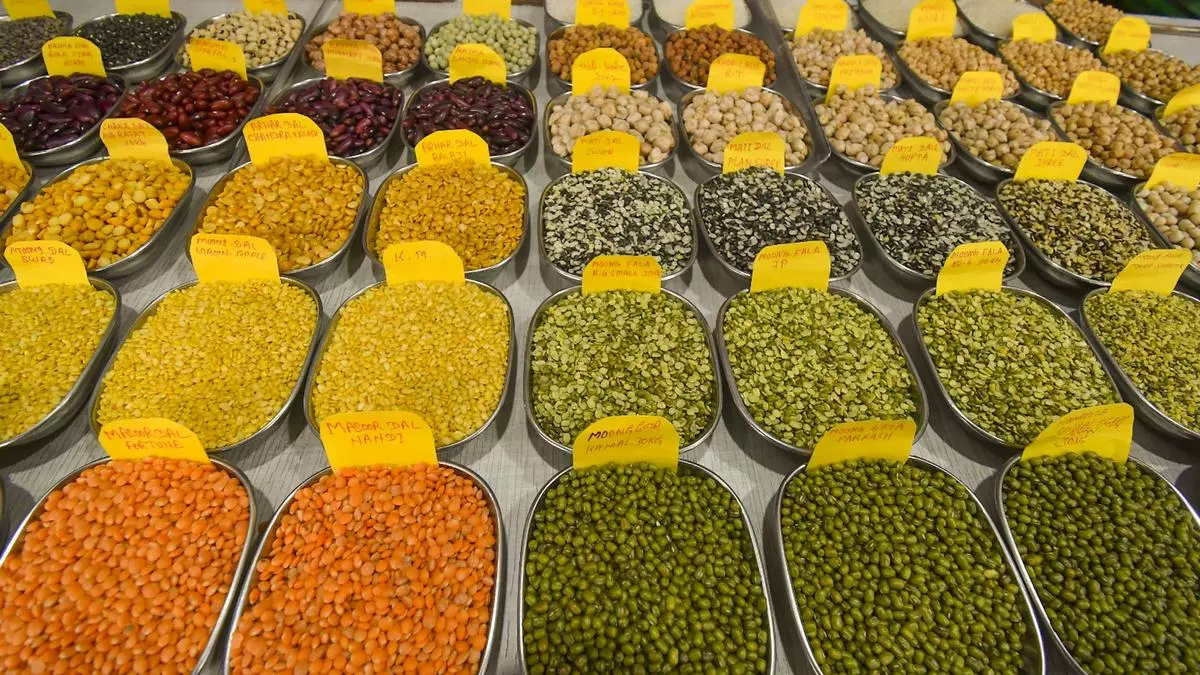Indian pulse growers realise 65-75% of retail price, says RBI report
Unlike potato and onions, farmers growing pulses realise 65-75 per cent of the retail price due to the efficient supply chain and calibrated import policy of government. In assessing the value chains, about 75 per cent of the consumer’s money spent on gram (chana) circulates back to farmers, the share is about 70 per cent for moong and 65 per cent for tur, according to a RBI working paper series.
A similar RBI study on tomato, onion and potato found farmers are getting only around one-third of the price that a consumer pays, with the rest being apportioned by wholesalers and retailers.
To achieve self-sufficiency in pulses, the study said it is imperative to invest in long-run agricultural productivity and production growth in pulses along with investments in warehouses and efficient storage facilities.
Need for new varieties
Consolidation of production at the farmers’ levels through FPOs can realise better prices for their produce, said the study. There is a need to introduce new seed varieties for gram, moong and other pulses for largescale commercial cultivation so that farmers’ remuneration could get a boost because of the short crop duration and higher yield of the tur variety, it said.
The integration of the Electronic-National Agriculture Market (e-NAM), especially in key producing regions of pulses, may bring much-needed transparency to the pulses trade.
Improving the grading facilities at the mandis as envisaged under e-NAM would help processors access quality and graded produce at the mandi level, thus improving the efficiency of the value chain.
Cutting transport costs
Direct purchases by processors from the aggregator/ FPOs/farmer at the farmgate level would reduce transportation costs and provide bargaining power to the farmers, it said.
Additionally, the direct purchase would help cut down on intermediaries and reduce transaction costs, which would provide benefits to farmers, traders and processors.
The processing of pulses is mostly done in the private sector; therefore, installing small pulses mills or processing units at the village level can reduce the cost of processing, said the RBI study.
There is a need to scale up and operationalise procurement of pulses — domestic and import — in quantities sufficient for market intervention and maintaining strategic buffer reserves. Government procurement and disbursal from Nafed stock and strategic buffer have helped contain inflation in the recent past. The scheme may have to assume a greater role and acquire increased efficiency to ensure stability in pulses prices, it said.
